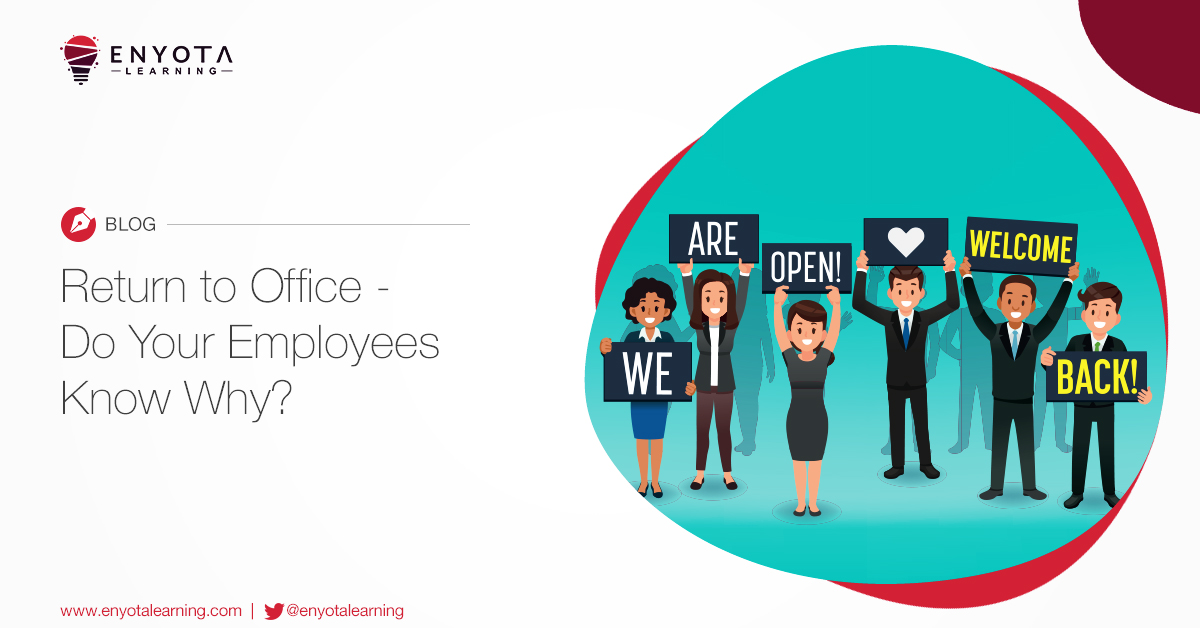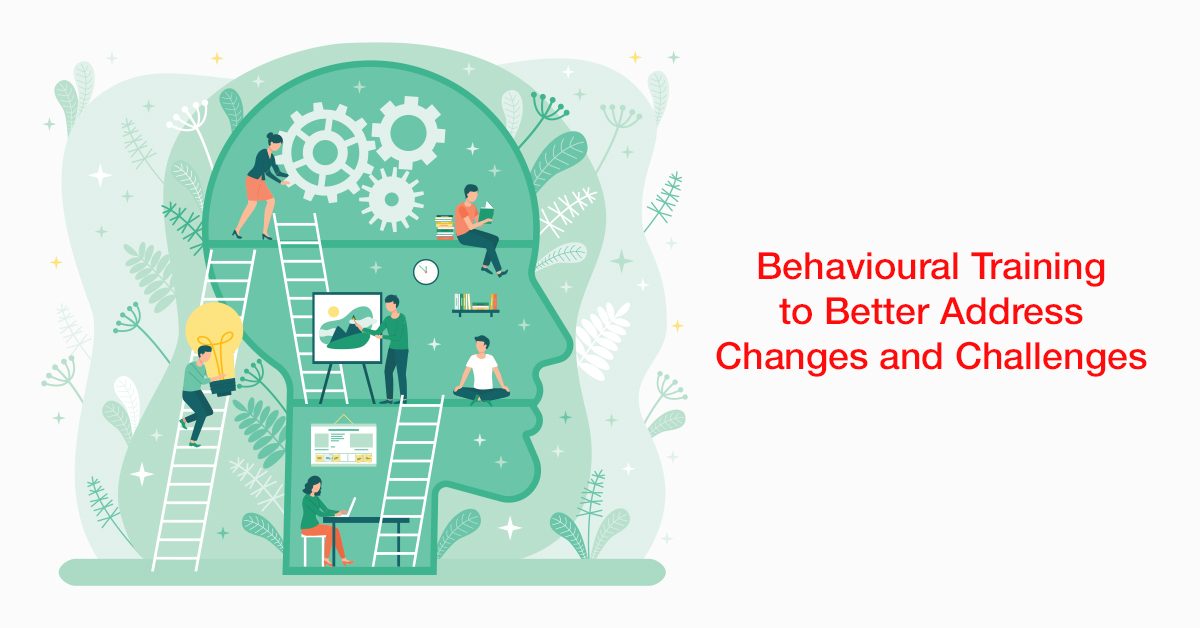
Some may say that employees around the world aren’t too happy with returning to the office. Take Apple’s latest efforts to bring employees back into the office, a decision that was met with resilience, forcing Apple to reconsider its return-to-work policy and postpone its dates.
This brings us to a pertinent question –
DO YOUR EMPLOYEES KNOW ‘WHY THEY MUST RETURN TO OFFICE?’
We can understand why employees may not want to return to work in an office. Especially after having worked from home for the last two years. It’s not like businesses shut down while employees worked from their beds and couches. Rather, many indicators suggest that productivity greatly increased and that employees were finally able to balance work and personal life. Then why are organizations so eager to throw a wrench in their own wheel by calling hesitant employees back into the office and risk some or all employees resisting, and even exiting?
In reality, there are many answers to why companies want their employees to return to the office and resume work. And this is the actual truth. For example, research indicates that selling in-person is more effective than remote selling. Another research indicates that collaboration, which is possible when people get together, results in increased creativity and further increases the ability to arrive at a decision that makes the best business sense. Another aspect is communicating the company values and forming strong bonds with teammates, especially important for new employees, who have never physically interacted with any of their colleagues.
There are many more reasons why companies and top management feel that it’s important for employees to return to work. However, what really is important is understanding if employees know ‘why’ returning to the office is important.
COMMUNICATING WHY RETURNING TO OFFICE IS IMPORTANT
What really matters is ‘communicating’ why you want employees back in their seats at the office. Failure in doing so will only result in increased resilience.
‘Effective communications’ is a slippery subject in this case, considering the topic is very sensitive to some people. Will a simple email do the job? Does it require your managers to communicate it via a conference call? Should it be done one-on-one? Well, in all honesty, there cannot be a straightforward answer to this question either.
However, what science does support is that communicating your message via a combination of images, text, audio, and video can definitely be the most effective method of convincing people to do something. We cannot claim that this works for every single employee, but a well-packaged ‘appeal’ to return to office, comprising the ‘true’ reasons why you’re calling employees back, is better than emailing a few paragraphs which sound hollow and unempathetic to employees who are not yet ready.
And even then, there is no absolute guarantee that employees will accept this new normal and return to office. What you need here is conditioning.
CONDITIONING EMPLOYEES TO RETURN TO OFFICE
Expecting employees to return to office at the drop of a pin will result in resistance. A major factor contributing to resistance is the lack of conditioning. Conditioning helps employees in accepting an outcome in advance without it feeling like they have been blindsided.
Conditioning can start with the ‘communication’ stage followed by ‘training’ and eventually requesting employees to return to office.
You may ask what ‘training’ has to do with ‘conditioning’ employees back into the office. The answer is that training can play a major role in preparing employees months in advance. For example, training on ‘the new hybrid working policies’ or ‘COVID safety training’ or ‘what to expect when returning to office’ and the likes, are great topics to engage and prepare employees.
As you work to break the ice, positive reinforcement in the form of training that prepares employees to see the bigger picture will make a big difference in changing the minds of employees that show resistance. The training can also encompass communicating the advantages of returning to office, especially if your organization is one of the many companies worldwide to have actually upgraded their workspace or headquarters.
EXECUTING THE COMMUNICATION AND CONDITIONING STAGE
Finally, it all boils down to how well your organization executes both the communication and the conditioning stages. Half-hearted or cold communication techniques will push employees away. The same as little time to prepare followed by not helping employees to prepare will shock employees, which is something you want to avoid at all costs.
A good communications video or series of videos that are strategically designed to convey the message of ‘why employees need to return to office’ followed by a well-designed training catalog consisting of ‘what to expect and how-to’ return to office should certainly help your organization execute a successful return-to-office campaign.
We at eNyota Learning have been assisting companies to train, inform, and spread the word among employees on a range of topics since our inception in 2007. We have been working to assist top brands build their employees and take their businesses to new heights since the very start, making us keenly attuned to the needs of global players, and delivering on them every single time.
If your organization is looking to train employees, or is looking for a way to ease employees back into the office, reach out to us and one of our experts will get back to you shortly. Reach us at contactus@enyotalearning.com or click on this form. We also have our very own learning management system, try it out!




